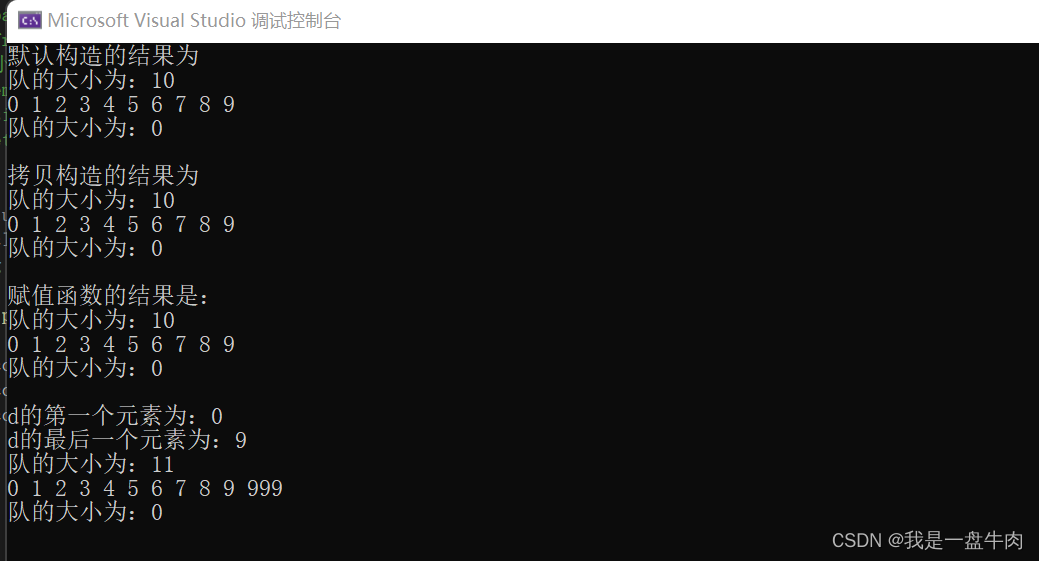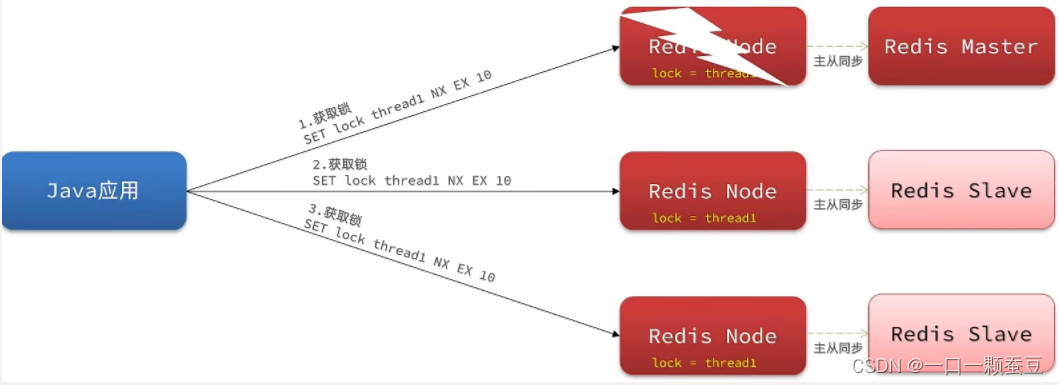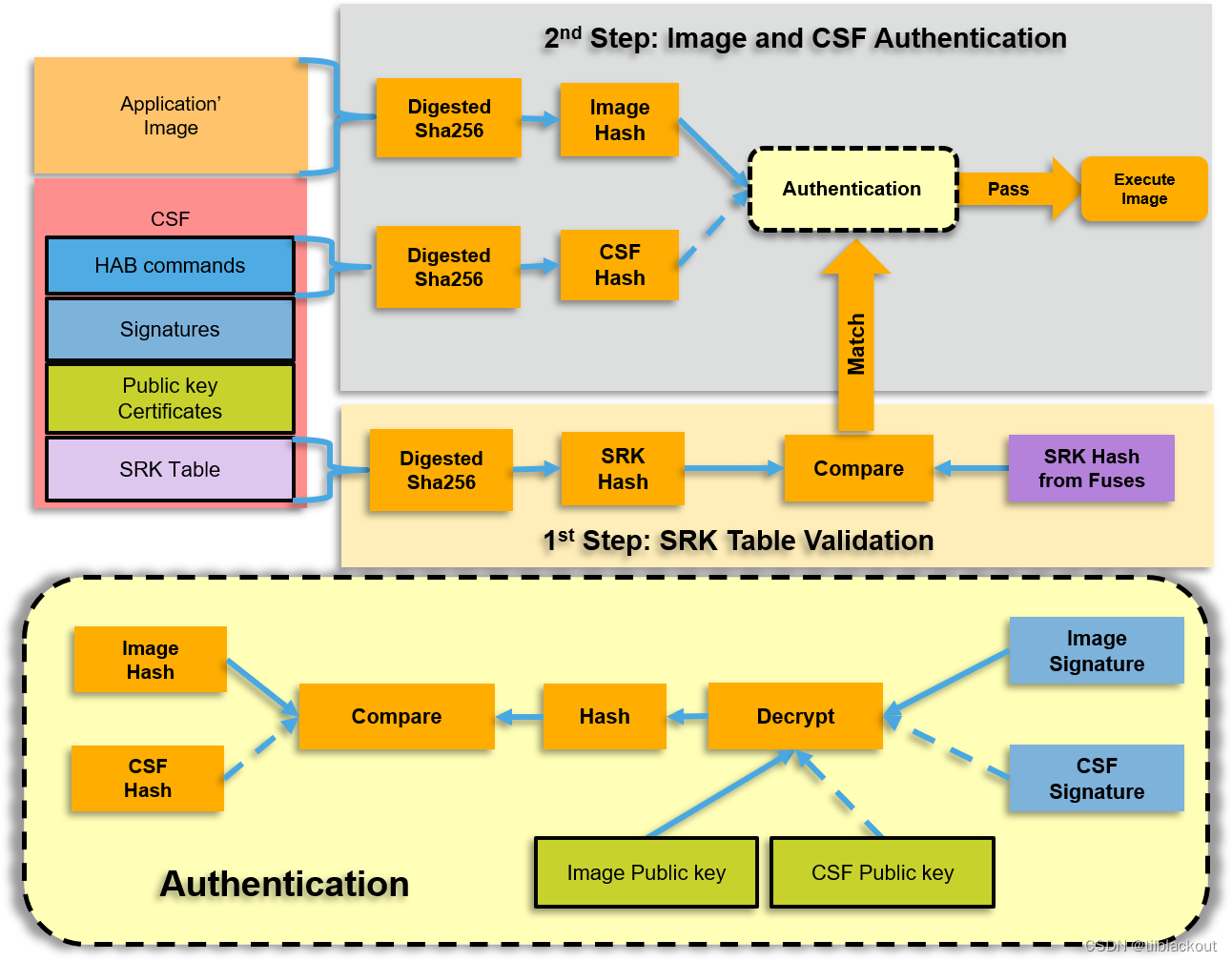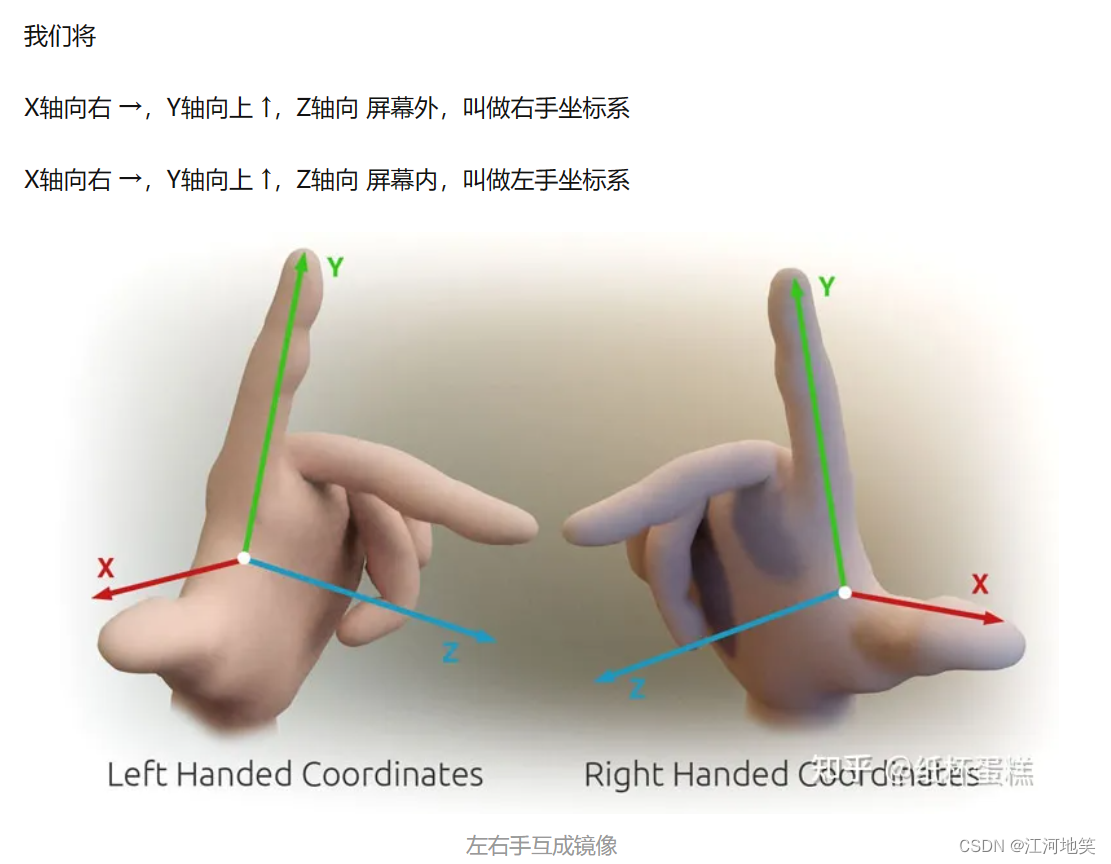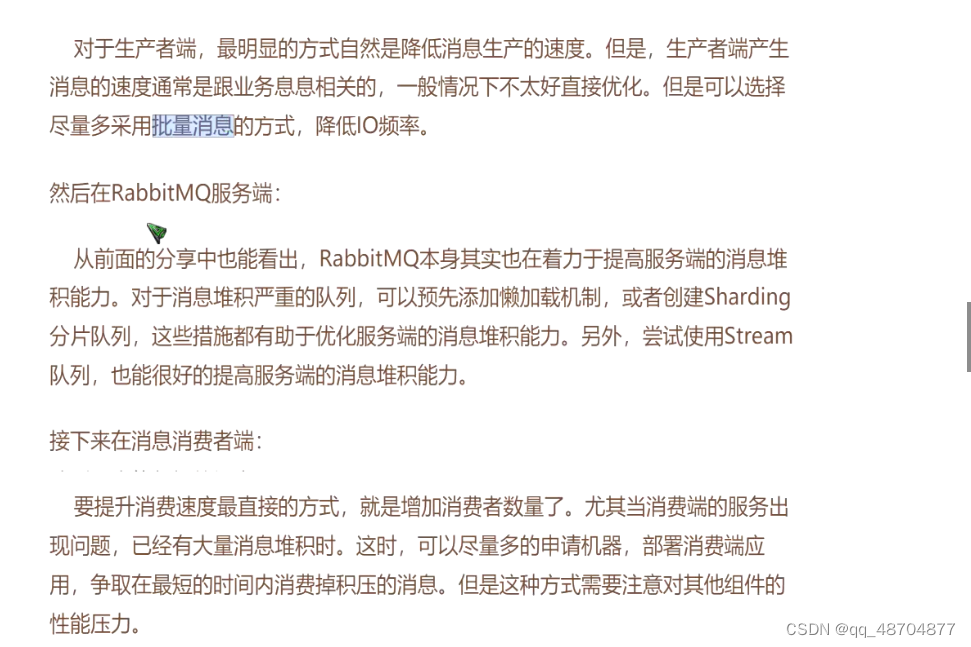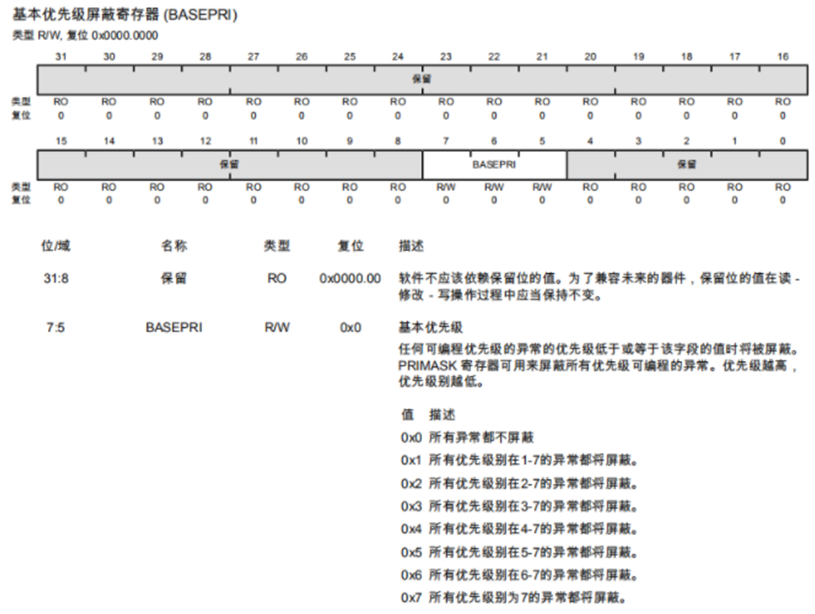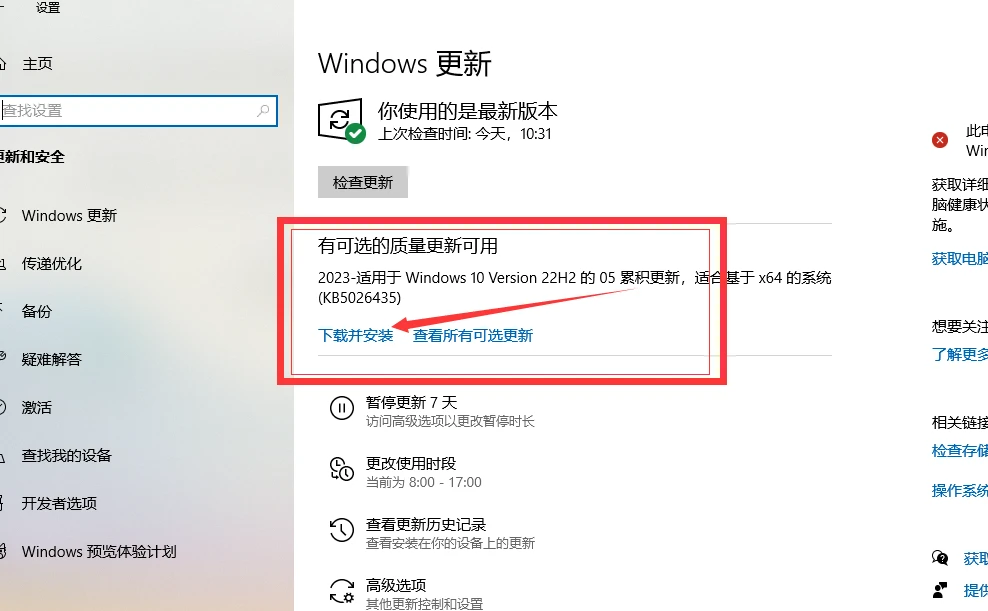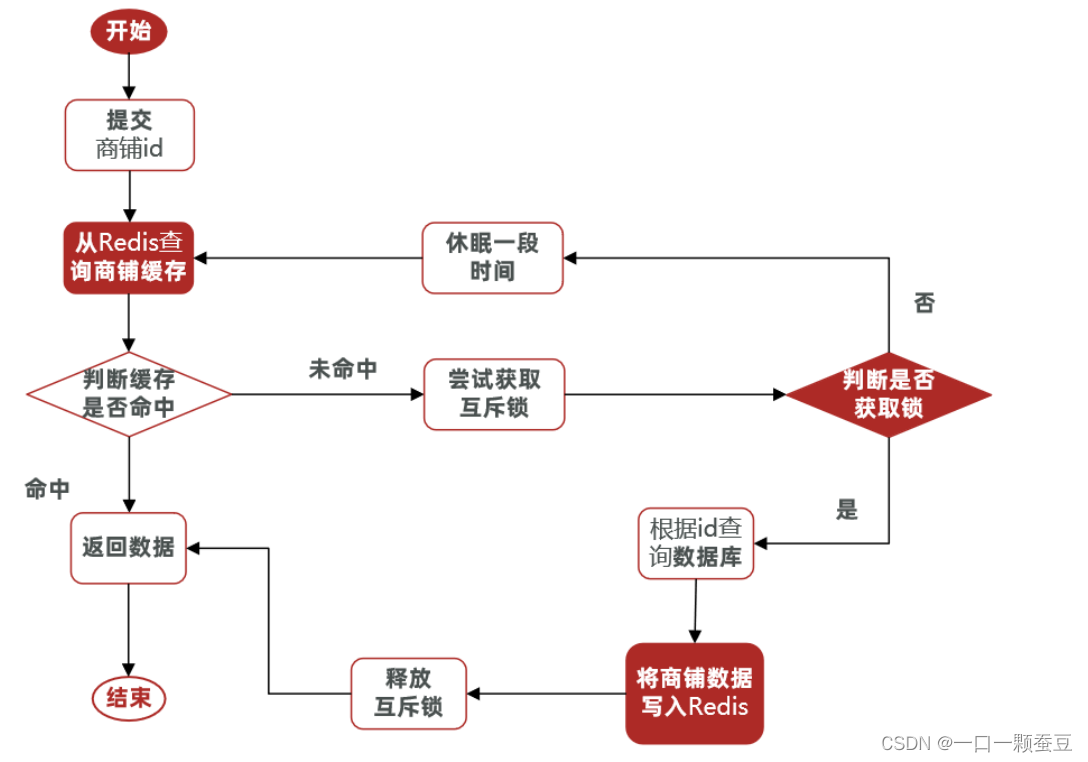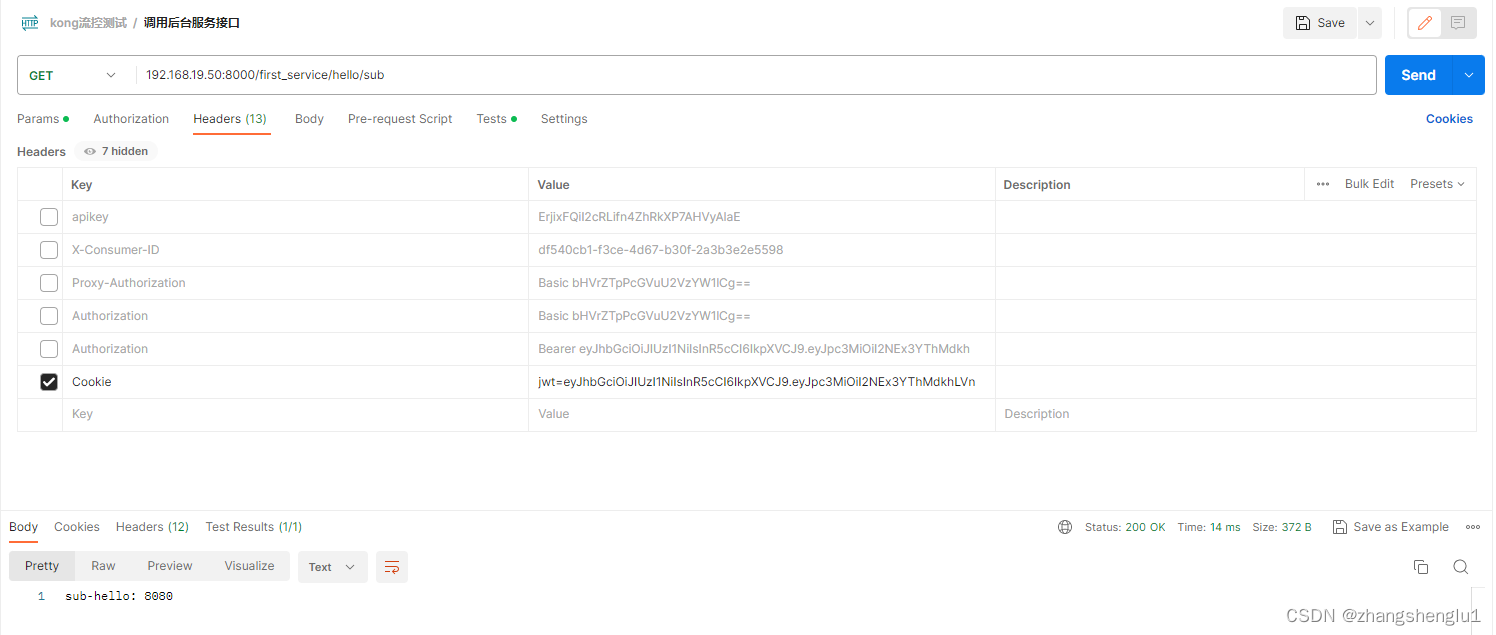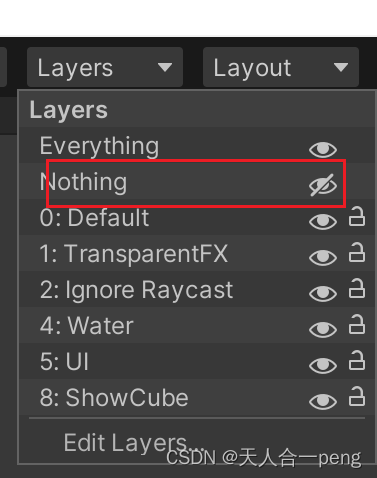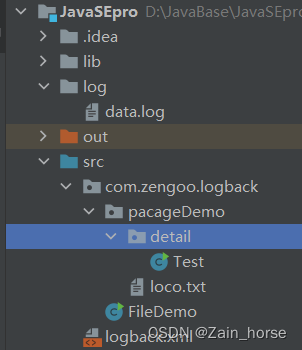文章目录
- 为什么需要图像抖动
- 图像抖动算法实现的基本思路
- 常见图像抖动算法实现
- Floyd-Steinberg 抖动算法
- Atkinson 抖动算法
- 算法实现
为什么需要图像抖动
在数字图像中,为了表示数字图像的细节,像素的颜色深度信息最少也是8位,即 0 − 256 0 - 256 0−256. 但是在实际中,我们有很多显示设备的颜色深度信息仅有4位,甚至1位,即黑白。这样当我们试图在这样的设备上显示一副有深度信息的图像时,如果不做特殊的处理,就会遇到很大的麻烦。
所以,图像抖动算法(Image Dithering)最早是在数字图像处理中为了解决颜色深度受限制的问题而提出的。当图像的颜色深度较低,即每个像素可以表示的颜色数量有限时,图像的颜色表现力会受到限制,这可能会导致严重的颜色带状现象(banding)和颜色失真。
图像抖动算法的核心思想是通过在图像中引入一些噪声,将颜色误差以某种方式分散到附近的像素,使得在视觉上能够模拟出更多的颜色。这种技术尤其在早期的计算机图形显示系统中被广泛使用,因为这些系统的颜色深度通常非常有限。例如,在黑白打印机或只有黑白显示能力的设备中,通过抖动算法可以产生不同灰度级别的效果。
图像抖动算法实现的基本思路
图像抖动算法的基本思路是在减少颜色深度或者灰度等级时,尽可能地保留原始图像的视觉信息。这通常涉及到一种称为"误差扩散"的方法,该方法将每个像素值从其原始值量化到最近的可用颜色或灰度等级,并将造成的误差分散到周围的像素。
以下是图像抖动算法的基本步骤:
-
选择一个图像和一个颜色或灰度级别的集合:这个集合可能只有两个颜色(如黑白),也可能有多个颜色。
-
遍历图像的每个像素:对于图像中的每个像素,算法都会尝试找到最接近该像素颜色的颜色,然后将该像素颜色设置为该颜色。这个步骤通常称为"量化"。
-
计算误差:量化步骤会导致一些颜色信息的丢失。这种丢失的颜色信息被称为"误差",可以通过将原始像素颜色和量化后的像素颜色相减来计算。
-
扩散误差:接下来,算法将这个误差分散到相邻的像素。这个步骤的目的是尽可能地减少量化步骤对图像视觉质量的影响。误差可以按照多种方式分散,具体取决于使用的抖动算法。
重复以上步骤:算法将重复以上步骤,直到遍历了图像中的所有像素。
通过这种方式,抖动算法能够在颜色或灰度级别受限的情况下,模拟出更多的颜色或灰度等级,从而提高图像的视觉质量。

比方说,上图所示的Firefox标识,最左侧的是具有8位深度信息的灰度图,但是中间和右侧的都是只有1位深度信息的黑白图。从视觉看似乎很相似,甚至细节上没有太多缺失。但是如果放大后看,就是下面这个效果了。

常见图像抖动算法实现
图像抖动的实现算法有很多,但是在这里我只实现了其中两种,现在就具体说明。
Floyd-Steinberg 抖动算法
Floyd-Steinberg 抖动算法将误差分散到当前像素的右边和下面的像素。具体的误差扩散模式如下:
X 7/16
3/16 5/16 1/16
在这个模式中,X 表示当前像素,数字表示误差扩散的比例。例如,当前像素的右边像素将接收 7/16 的误差,下面一行的左边、中间和右边的像素分别接收 3/16、5/16 和 1/16 的误差。
Atkinson 抖动算法
Atkinson 抖动算法将误差分散到当前像素的右边和下面的像素,但它的误差扩散模式与 Floyd-Steinberg 不同:
X 1/8 1/8
1/8 1/8
1/8
在这个模式中,误差被均匀地分散到六个像素,每个像素接收 1/8 的误差。
算法实现
import cv2
import numpy as np
#################### Floyd-Steinberg Dithering ####################
def floyd_steinberg_dithering_kernel(image):
for y in range(image.shape[0] - 1):
for x in range(1, image.shape[1] - 1):
old_pixel = image[y, x]
new_pixel = np.round(old_pixel / 255) * 255
image[y, x] = new_pixel
error = old_pixel - new_pixel
image[y, x + 1] += error * 7 / 16
image[y + 1, x - 1] += error * 3 / 16
image[y + 1, x] += error * 5 / 16
image[y + 1, x + 1] += error * 1 / 16
return image
def floyd_steinberg_dithering():
# Load an RGB image
image = cv2.imread("Data/test.png")
# Convert the image to grayscale
gray_image = cv2.cvtColor(image, cv2.COLOR_BGR2GRAY)
# Apply Floyd-Steinberg dithering
dithered_image = floyd_steinberg_dithering_kernel(np.copy(gray_image))
# Display the original grayscale image and the dithered image
cv2.imshow("Original", gray_image)
cv2.imshow("FS Dithered", dithered_image)
cv2.waitKey(0)
cv2.destroyAllWindows()
#################### Atkinson Dithering ####################
def atkinson_dithering_kernel(image):
error = np.zeros_like(image, dtype=np.float32)
for y in range(image.shape[0] - 2):
for x in range(image.shape[1] - 2):
old_pixel = image[y, x] + error[y, x]
new_pixel = np.round(old_pixel / 255) * 255
image[y, x] = new_pixel
diff = old_pixel - new_pixel
error[y, x + 1] += diff * 1 / 8
error[y, x + 2] += diff * 1 / 8
error[y + 1, x - 1] += diff * 1 / 8
error[y + 1, x] += diff * 1 / 8
error[y + 1, x + 1] += diff * 1 / 8
error[y + 2, x] += diff * 1 / 8
return image
def atkinson_dithering():
# Load an RGB image
image = cv2.imread("Data/test.png")
# Convert the image to grayscale
gray_image = cv2.cvtColor(image, cv2.COLOR_BGR2GRAY)
# Apply Atkinson dithering
dithered_image = atkinson_dithering_kernel(np.copy(gray_image.astype(np.float32)))
# Display the original grayscale image and the dithered image
cv2.imshow("Original", gray_image)
cv2.imshow("A Dithered", dithered_image.astype(np.uint8))
cv2.waitKey(0)
cv2.destroyAllWindows()
def main():
# Load an RGB image
image = cv2.imread("Data/test.png")
# Convert the image to grayscale
gray_image = cv2.cvtColor(image, cv2.COLOR_BGR2GRAY)
# Apply Floyd-Steinberg dithering
fs_dithered_image = floyd_steinberg_dithering_kernel(np.copy(gray_image))
# Apply Atkinson dithering
atk_dithered_image = atkinson_dithering_kernel(np.copy(gray_image.astype(np.float32)))
# Display the original grayscale image and the dithered image
cv2.imshow("Original", gray_image)
cv2.imshow("FS Dithered", fs_dithered_image)
cv2.imshow("ATK Dithered", atk_dithered_image)
cv2.waitKey(0)
cv2.destroyAllWindows()
if __name__ == "__main__":
# floyd_steinberg_dithering()
# atkinson_dithering()
main()

